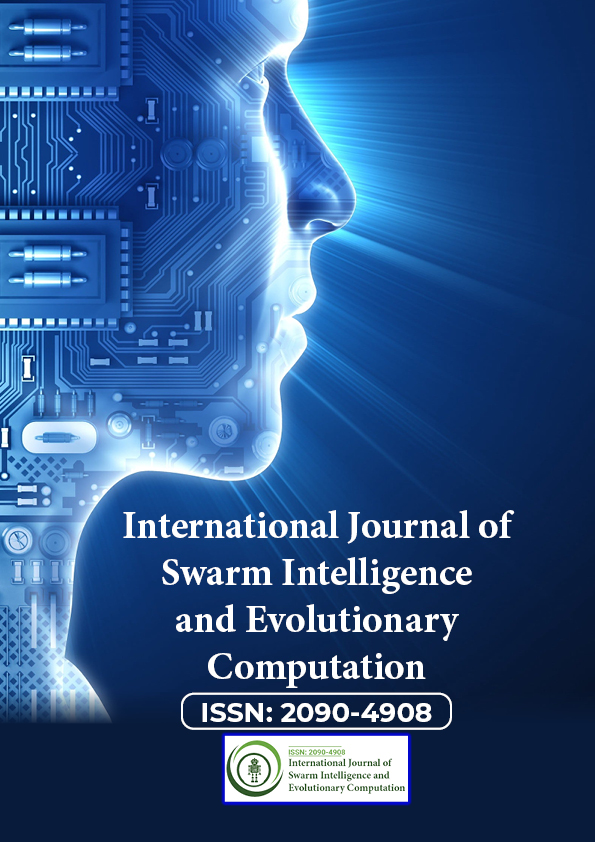Indexado em
- Genamics JournalSeek
- RefSeek
- Universidade de Hamdard
- EBSCO AZ
- OCLC- WorldCat
- publons
- Euro Pub
- Google Scholar
Links Úteis
Compartilhe esta página
Folheto de jornal

Periódicos de Acesso Aberto
- Agro e Aquicultura
- Alimentos e Nutrição
- Bioinformática e Biologia de Sistemas
- Bioquímica
- Ciência de materiais
- Ciencias ambientais
- Ciências Clínicas
- Ciências Farmacêuticas
- Ciências gerais
- Ciências Médicas
- Cuidados de enfermagem e saúde
- Engenharia
- Genética e Biologia Molecular
- Gestão de negócios
- Imunologia e Microbiologia
- Neurociência e Psicologia
- Química
Abstrato
Combinação de microfibras de PLA e nanofibras de gelatina PCL para o desenvolvimento de andaimes de engenharia de tecido ósseo
Naghieh S, Badrossamay M, Foroozmehr E e Kharaziha M
Na engenharia de tecidos, as estruturas porosas biodegradáveis têm sido empregues para substituir os tecidos danificados. Estes andaimes são fabricados por técnicas convencionais, como a ligação de fibras, fundição com solvente, lixiviação de partículas e técnicas avançadas, como a sinterização seletiva a laser, a impressão tridimensional e a modelação por deposição fundida. As principais questões que limitam as técnicas convencionais são a incapacidade de fabricar andaimes com uma estrutura porosa altamente interligada e uma construção favoravelmente regular com morfologia reprodutível. Consequentemente, os investigadores procuram técnicas avançadas com mais flexibilidade. Neste estudo, foram aplicadas técnicas de FDM e eletrofiação (ES) para desenvolver andaimes multicamadas constituídos por micro e nanofibras para aplicações de engenharia de tecidos ósseos. Enquanto as camadas microfibrosas foram fabricadas através do processo FDM, as camadas nanofibrosas foram desenvolvidas através da técnica ES. Embora a técnica FDM tenha características únicas, o seu tamanho de fibra limita-se a micro tamanhos. Uma das tendências úteis para eliminar este problema é obter os benefícios da adição de nanofibras à construção de andaimes. Estas nanofibras não só reduzem o tamanho total dos poros da estrutura, como também podem melhorar as funções celulares. Enquanto o poli(ácido láctico) (PLA) foi utilizado para o processo FDM, uma mistura de poli(caprolactona) (PCL) e gelatina (PCL-gelatina) foi aplicada para o processo de eletrofiação para desenvolver poros interligados com as propriedades mecânicas e a taxa de degradação apropriadas. Os andaimes multicamadas foram examinados por microscopia eletrónica (MEV) e as suas propriedades mecânicas foram avaliadas. A porosidade dos andaimes foi de cerca de 40% e os resultados demonstraram também que as nanofibras com um tamanho de 200 nm de diâmetro tiveram uma boa adesão às microfibras e podem proporcionar uma melhor fixação e proliferação celular.